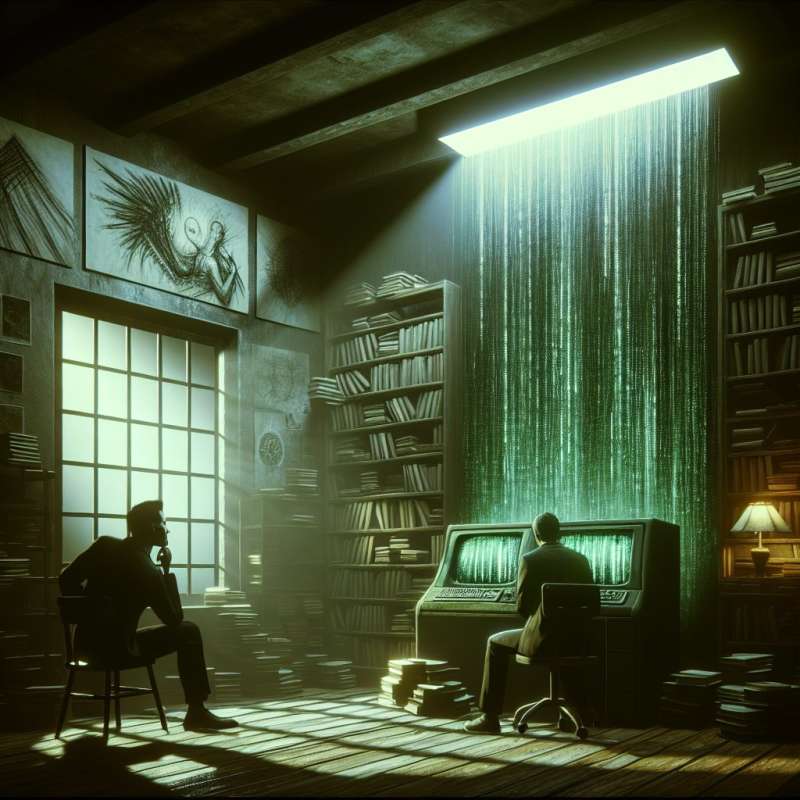
The Matrix: Origins
Conceived by the Wachowskis, 'The Matrix' is a blend of cyberpunk, philosophical inquiry, and innovative special effects. The film's green-tinted reality was inspired by the eerie, monochrome screens of early computers.
Influential Cinematic Techniques
The film introduced 'Bullet Time', a visual effect that slows time to show bullets in flight. This required a rig of 120 cameras and a green screen stage, revolutionizing action sequences.
Philosophical Underpinnings
'The Matrix' delves into Plato's Allegory of the Cave and Jean Baudrillard's 'Simulacra and Simulation'. The latter book actually appears in the movie, hinting at the fabricated reality Neo resides in.
Casting What-Ifs
Will Smith was initially approached to play Neo but turned it down for 'Wild Wild West'. Similarly, Sean Connery declined the role of Morpheus, leaving the path open for Keanu Reeves and Laurence Fishburne.
Real-World Coding Languages
The Matrix's iconic digital rain was created using mirrored Japanese Katakana characters, numbers, and symbols. These characters were chosen for their cryptic and 'code-like' appearance to non-Japanese audiences.
Soundtrack and Influence
The Matrix's soundtrack, a fusion of electronic music and heavy metal, influenced movie scores of the 2000s. Its popularity also led to a surge in leather coats and sunglasses fashion akin to the characters' costumes.
Expansive Multimedia Franchise
Beyond the trilogy, 'The Matrix' universe expanded into animated shorts ('The Animatrix'), comics, and video games, offering deeper insights into the dystopian world and its characters.
Who conceptualized 'The Matrix'?
Wachowskis
Steven Spielberg
James Cameron
Company